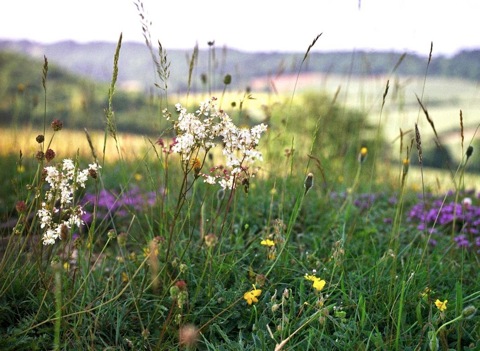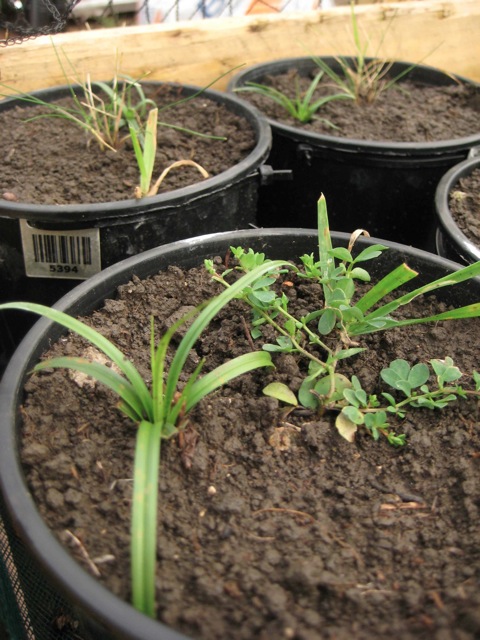Grassland adaptation and resistance to climate change (Grassland ARCC)
The Grassland ARCC project seeks to understand whether genetic variation allows grassland populations to adapt to climate change, and the consequences of this adaptation for the coexistence of different species within grassland communities.
Grasslands provide a vital refuge for many species of conservation concern and underpin much agricultural productivity worldwide. In the UK, semi-natural grasslands have a high amenity value, and provide the human population with a number of “ecosystem services”. Thus, it is important that we understand the responses of grasslands to anticipated climate change.

Species-rich chalk grassland in the Chiltern Hills, UK
Plant populations within grasslands can contain great genetic diversity. In principle, this within-species variation could buffer grasslands against climate change. This is because some plants in the population will possess gene variants that allow them to survive in the novel environment. Work within the Grassland ARCC project aims to determine whether grassland populations can adapt to new climates (in particular, summer drought), via climatic selection on the genetic variation that they contain. The project also seeks to determine the consequences of this adaptation for species coexistence and grassland community structure. The project was started with funding from the UK Population Biology Network, the Ecological Continuity Trust and the University of Sheffield, and was also supported by a NERC Post-Doctoral Fellowship to Raj Whitlock.

Microcosms within the Grassland ARCC experiment



